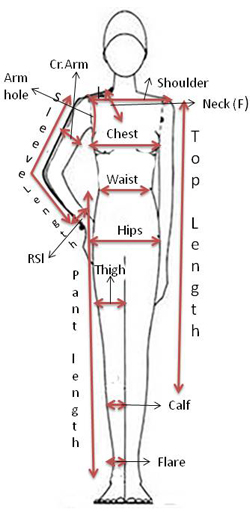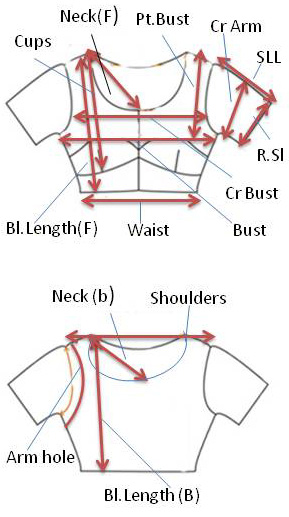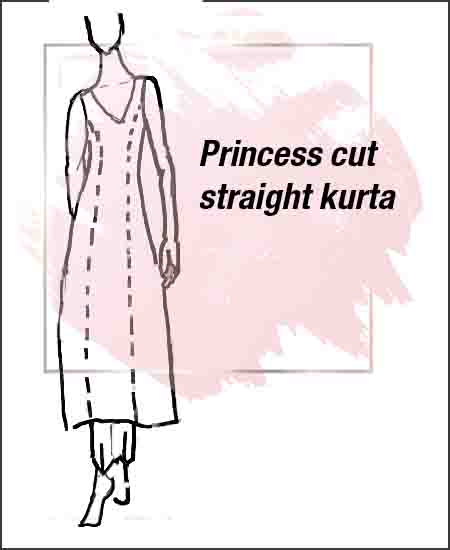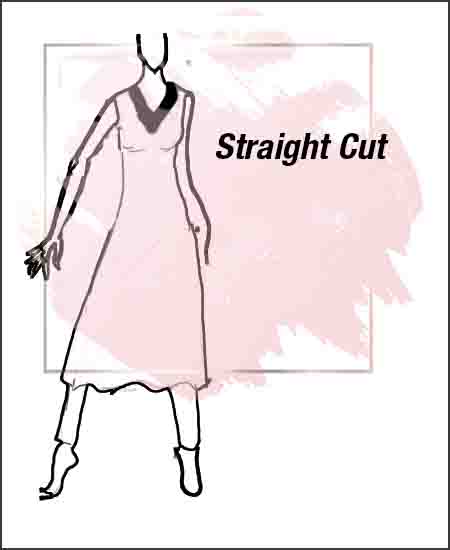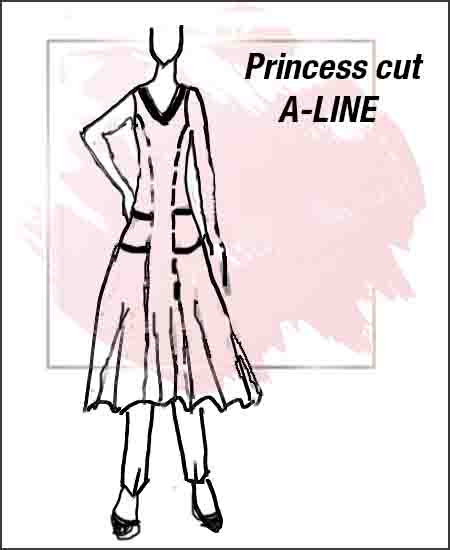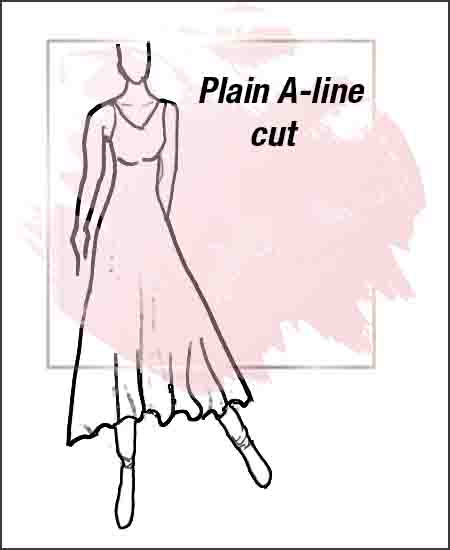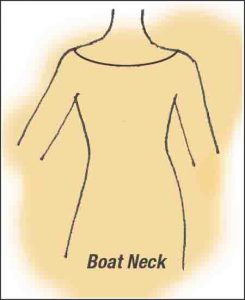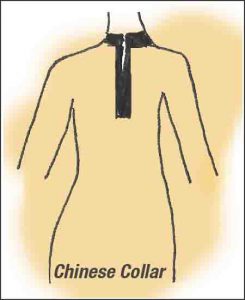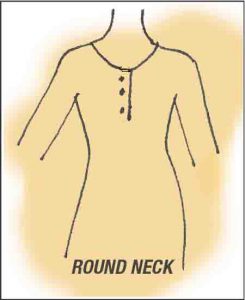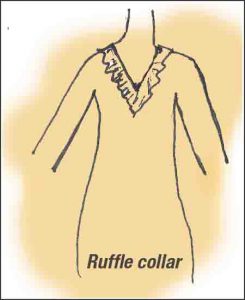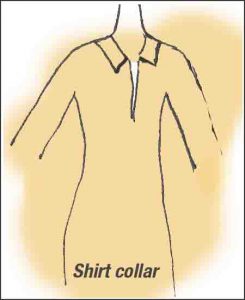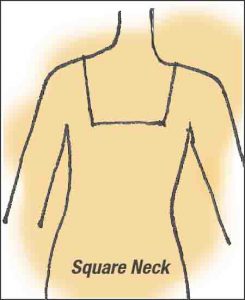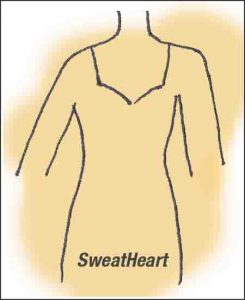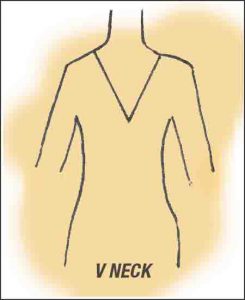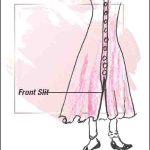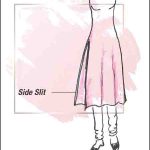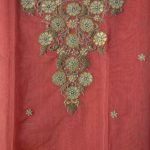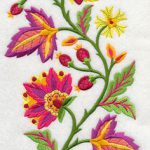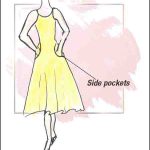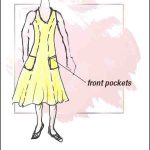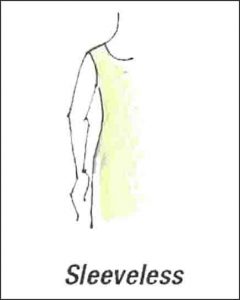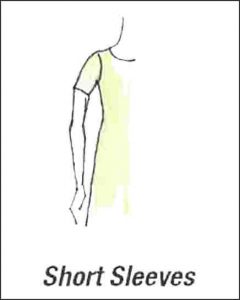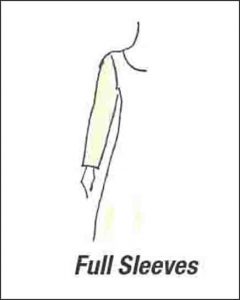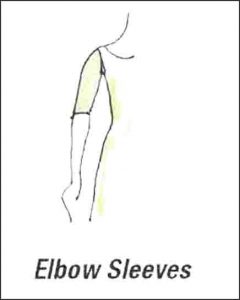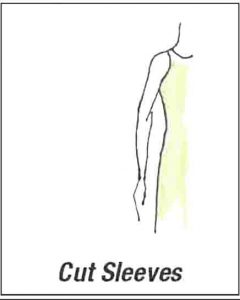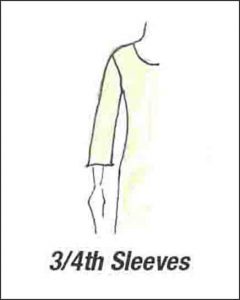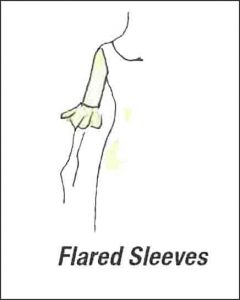Size
Women Dresses – Kurtis/Salwar Kameez/Lehenga Choli – Standard Size Chart
| India/US Size |
Chest/Bust |
Shoulder |
Length |
Waist |
| Small(US 4) |
38 |
15.5 |
Varies by style |
In most cases, the waistband is drawstring and fits any size. |
| Medium(US 6) |
40 |
16 |
|
|
| Large(US 8) |
42 |
17 |
|
|
| Extra Large(US 10) |
44 |
18 |
|
|
| Plus Size |
Plus Size |
Plus Size |
|
|
| XXL (US 12) |
46 |
18.5 |
|
|
| XXXL (US 14) |
48 |
19 |
|
|
*The standard Indian clothing size chart for women starts from 34″ i.e.XS size and goes up-till XXXL / Plus sizes and is based on bust measurement.
*Most of the styles are loose fitting clothes in Indian garments.
How to take measurements
*Take a good fitting outfit of yours
*Place it in front and with the help of a measuring tape , measure the shoulder , chest, waist, hip, Armhole, round arm, sleeve length, Neck and so on ,according to the below given images for top, bottom or blouse only.
*When measuring size, please take exact measurements.
Fabric
Cottons: Its a natural fabric and very much skin friendly. Being a natural fabric its very cool, especially in summers its the most comfortable fabric.
Cottons come in 2 forms :
*Handloom cottons - Handloom cottons are more textured and give an elegant look to the garment. It is considered as luxury fabric since its manually woven by the master craftsman.
*Powerloom cottons - Powerloom cottons are smooth and come without any texture.
Handlooms are more expensive compared to power loom cottons.
Rayon, Mulmul, Mangalgiri, Linen are all varieties of cotton fabrics, except the texture and properties differ.
Chanderi: It is either cotton or cotton and Silk mixed fabric. It is a natural fabric. Pricing of this fabric varies with the percentage of Silk versus cotton. As the percentage of silk fiber increases, it becomes finer and is more expensive.
Silk: Its a natural fiber made out of secretions from silk worms. This fabric variety is classified with its weight in grams, heavier the weight, the costlier is the fabric.
Raw Silk has more rough texture than the normal silk fabric.
Banarasi Brocade is originally silk base fabric with elaborate golden or silver Zari weaved motifs. But now many varieties come which may be cotton based, cotton and silk based, tissue based or even georgette based.
Piping
In sewing, piping is a type of trim or embellishment consisting of a strip of folded fabric so as to form a “pipe” inserted into a seam to define the edges or style lines of a garment or other textile object. Usually the fabric strip is cut on the bias. It may be made from either self-fabric (the same fabric as the object to be ornamented) or contrasting fabric.

